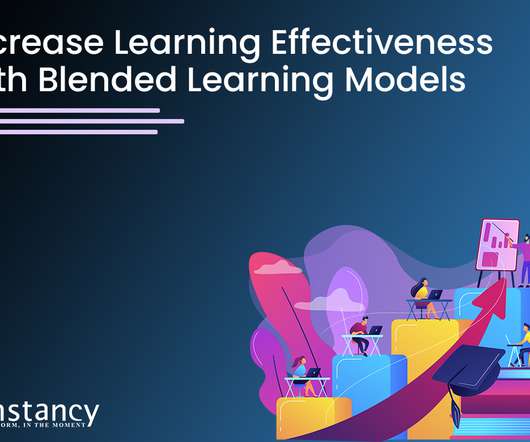10 invaluable tips to develop asynchronous learning
Docebo
FEBRUARY 6, 2022
If you’re reading this, you’ve probably been tasked with creating an asynchronous eLearning course. And if you’re here, chances are you’re looking for ideas to help you to deliver the best eLearning experience possible. Synchronous vs. asynchronous learning. Incorporate a variety of different eLearning activities.


























Let's personalize your content